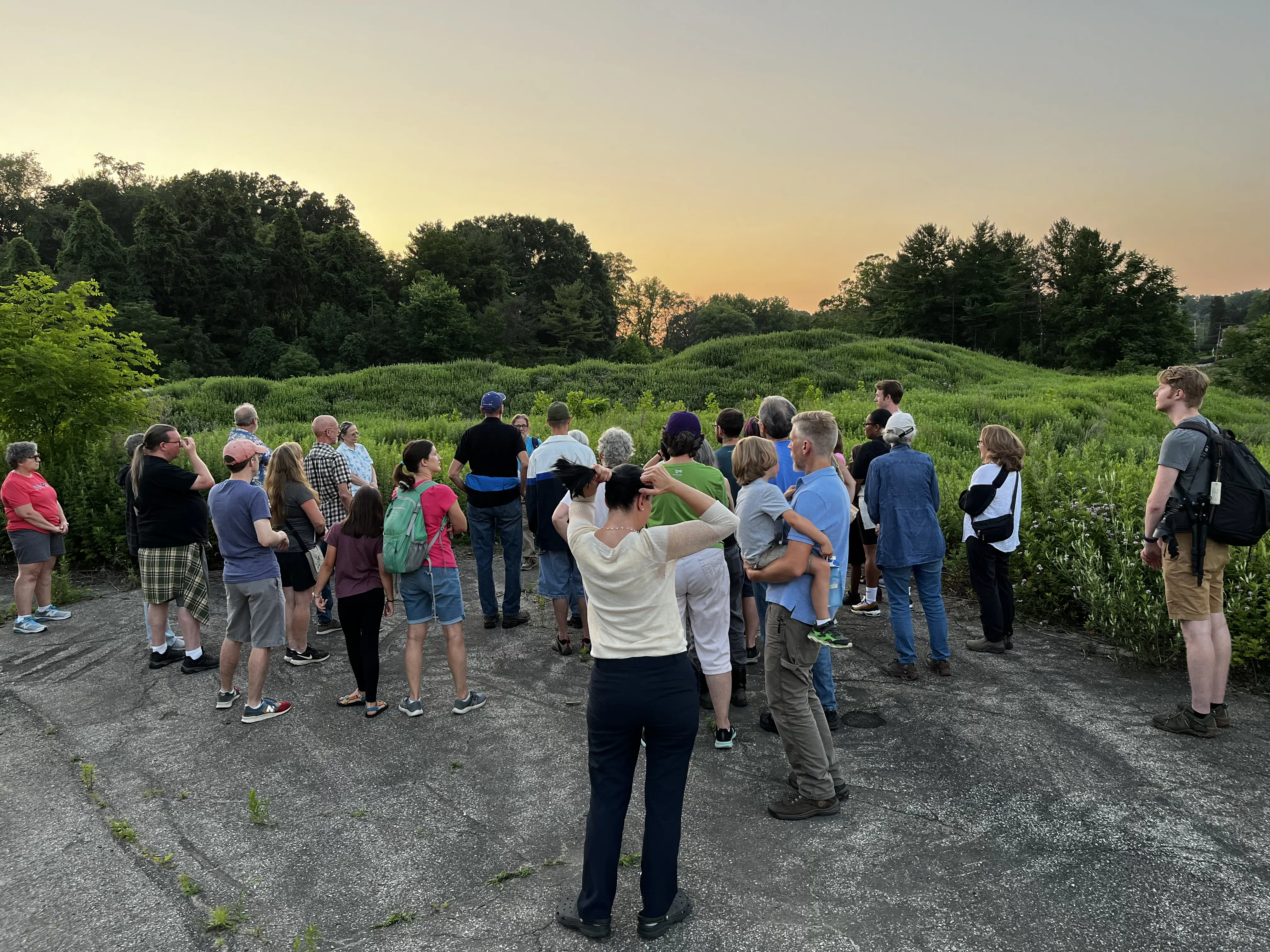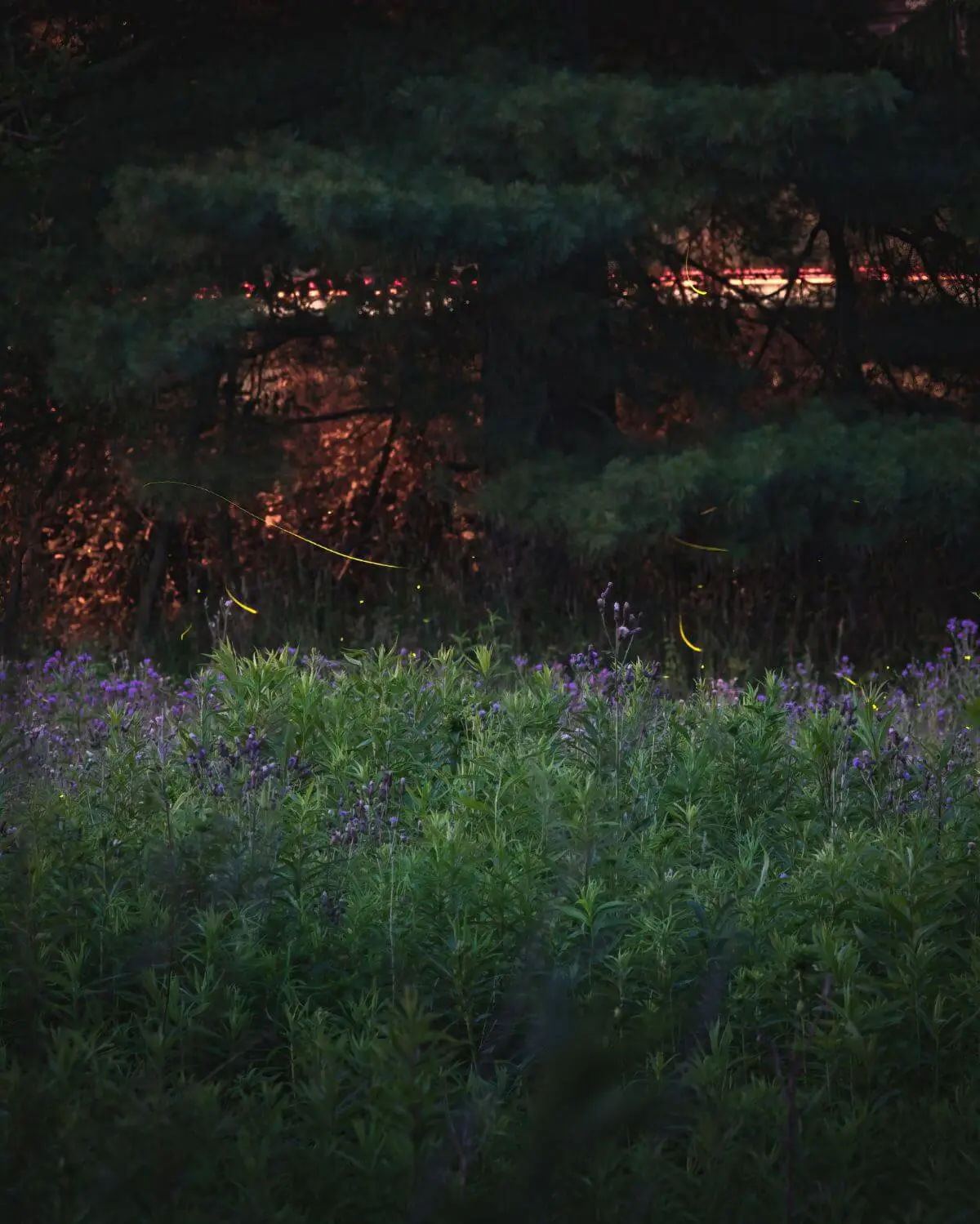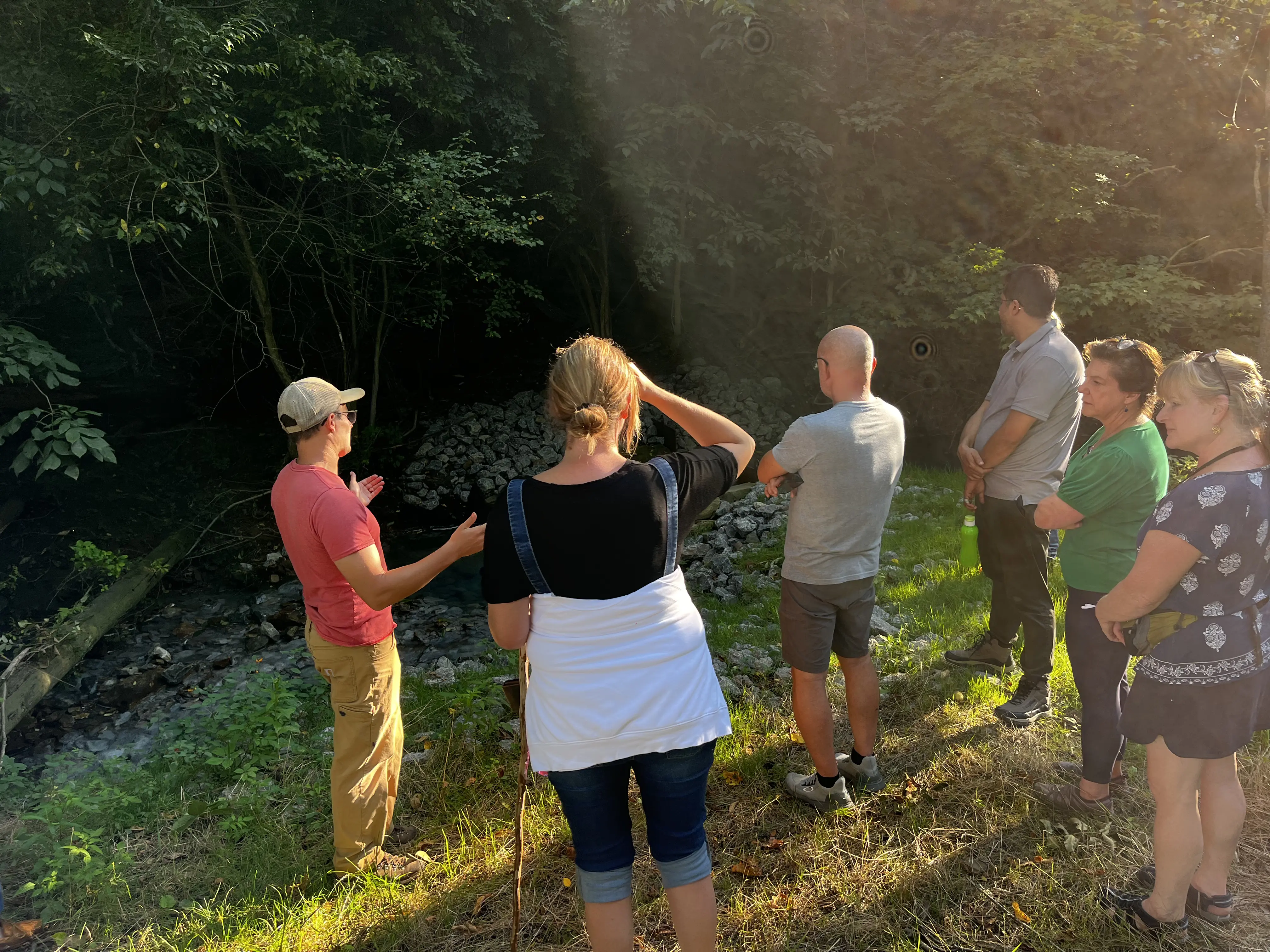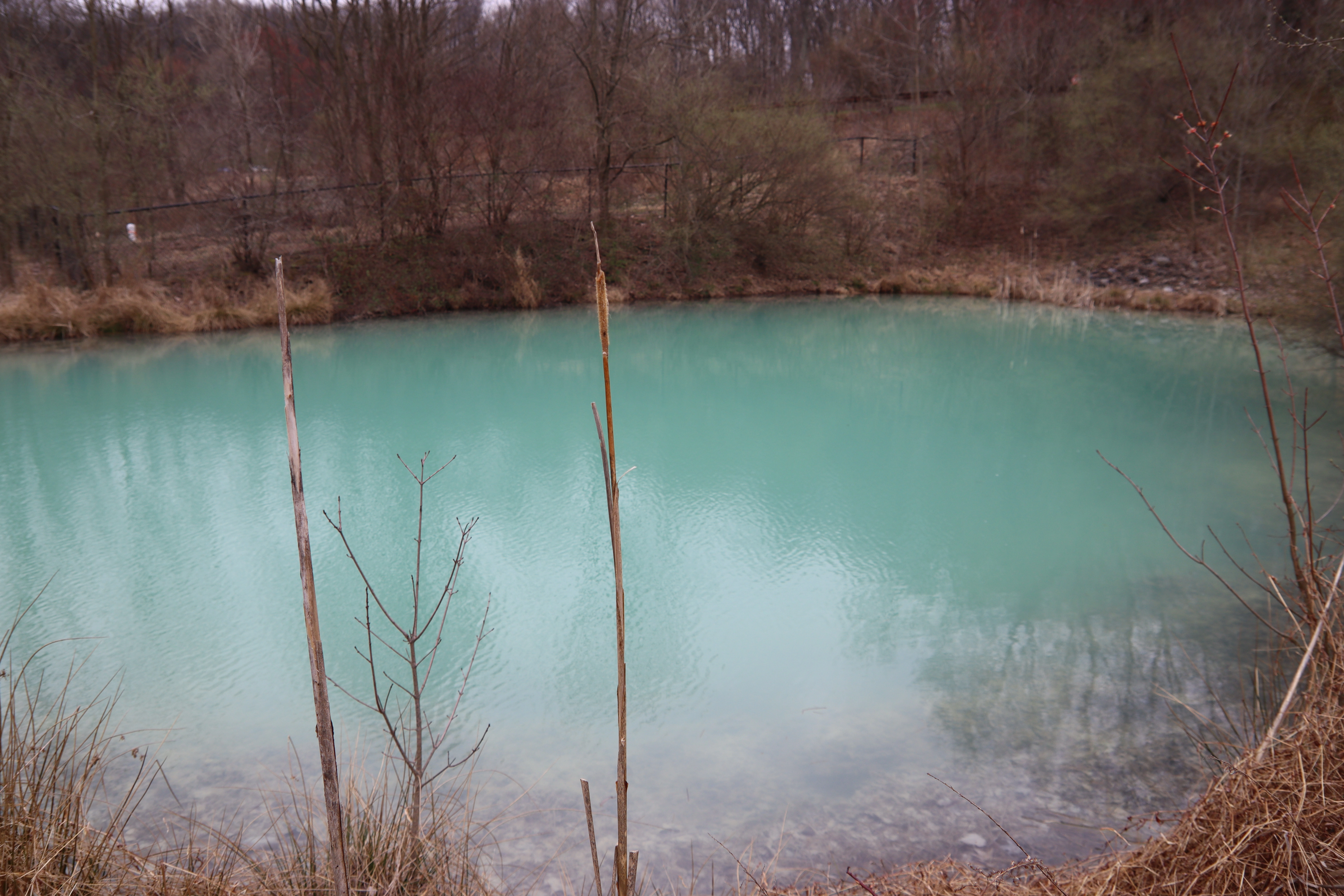
The Chalfant Run / Thompson Run Watershed Association
"All the water that will ever be is, right now."
National Geographic, October 1993

The Chalfant Run / Thompson Run Watershed Association
"All the water that will ever be is, right now."
National Geographic, October 1993

The Chalfant Run / Thompson Run Watershed Association
"All the water that will ever be is, right now."
National Geographic, October 1993






